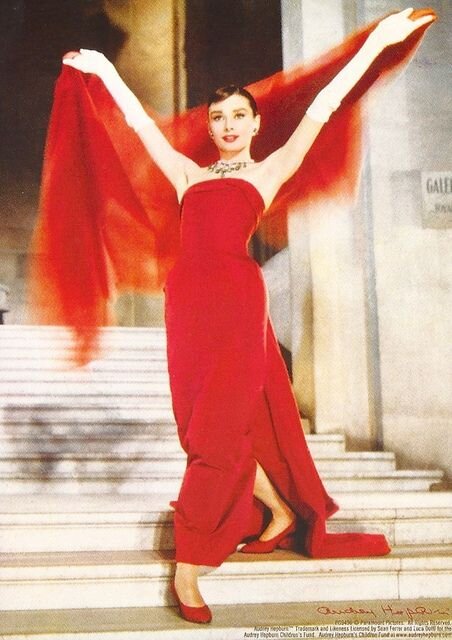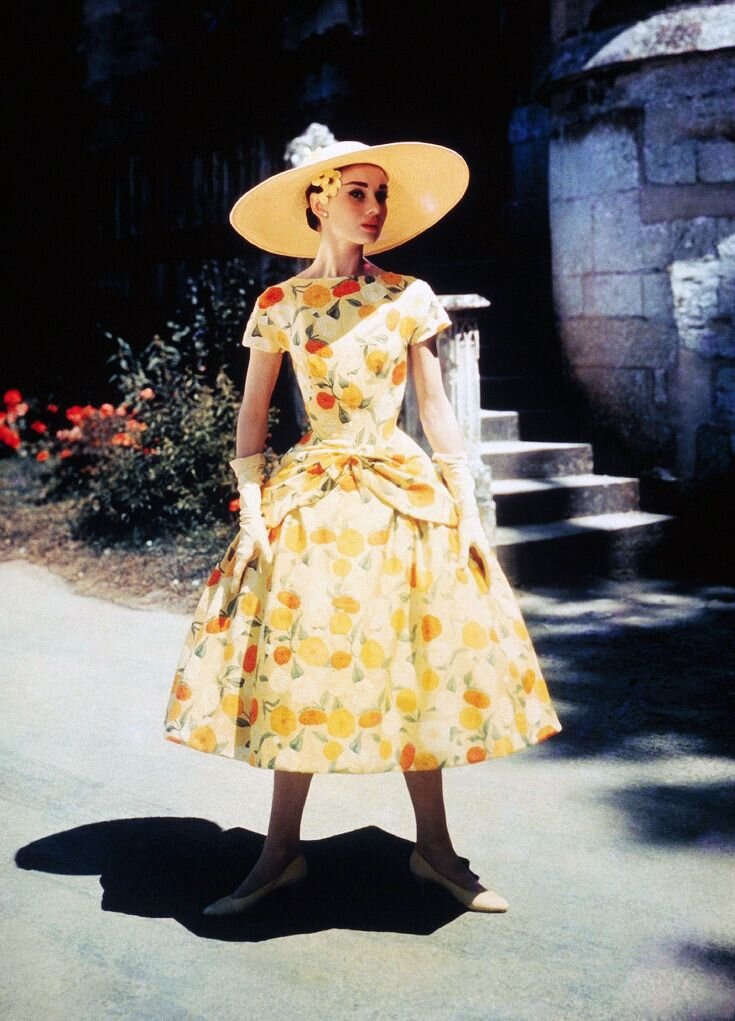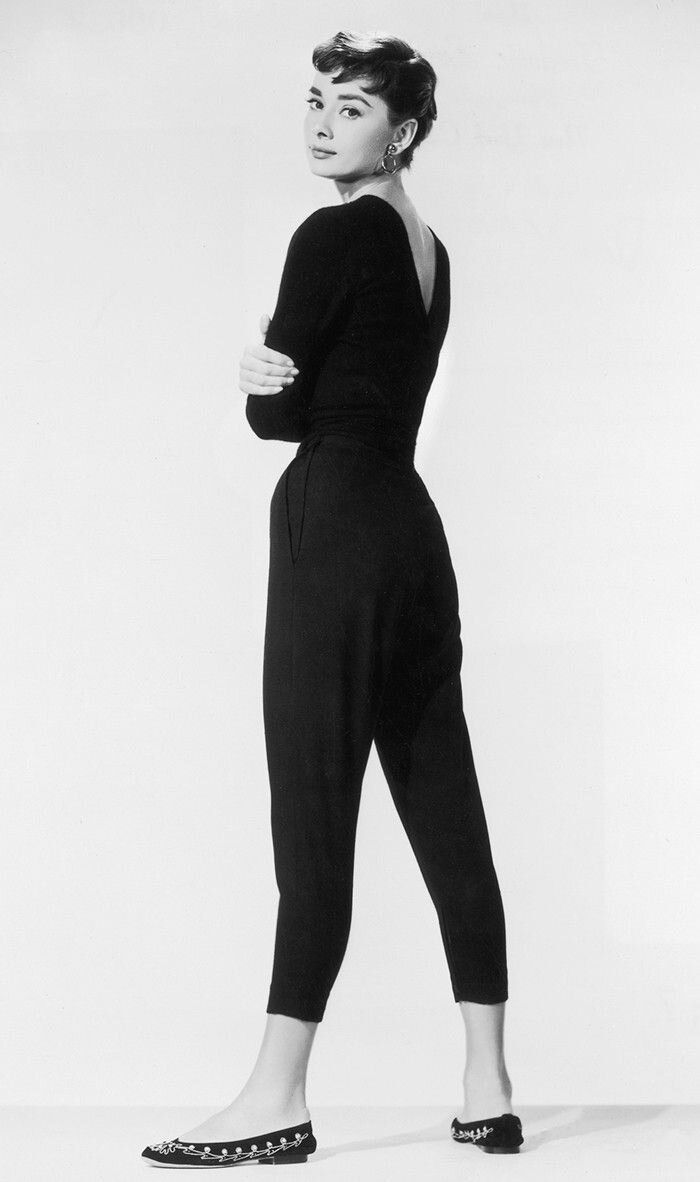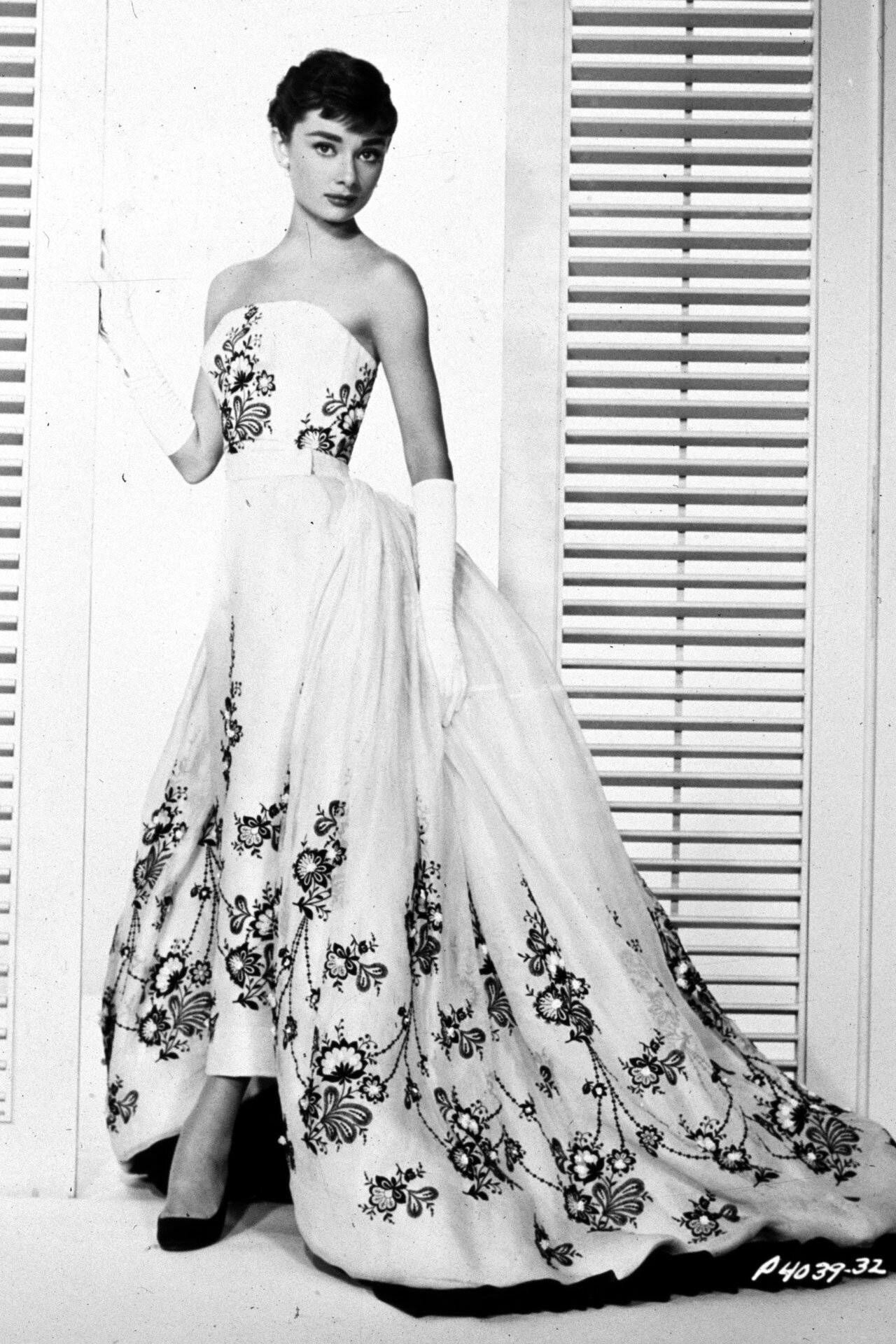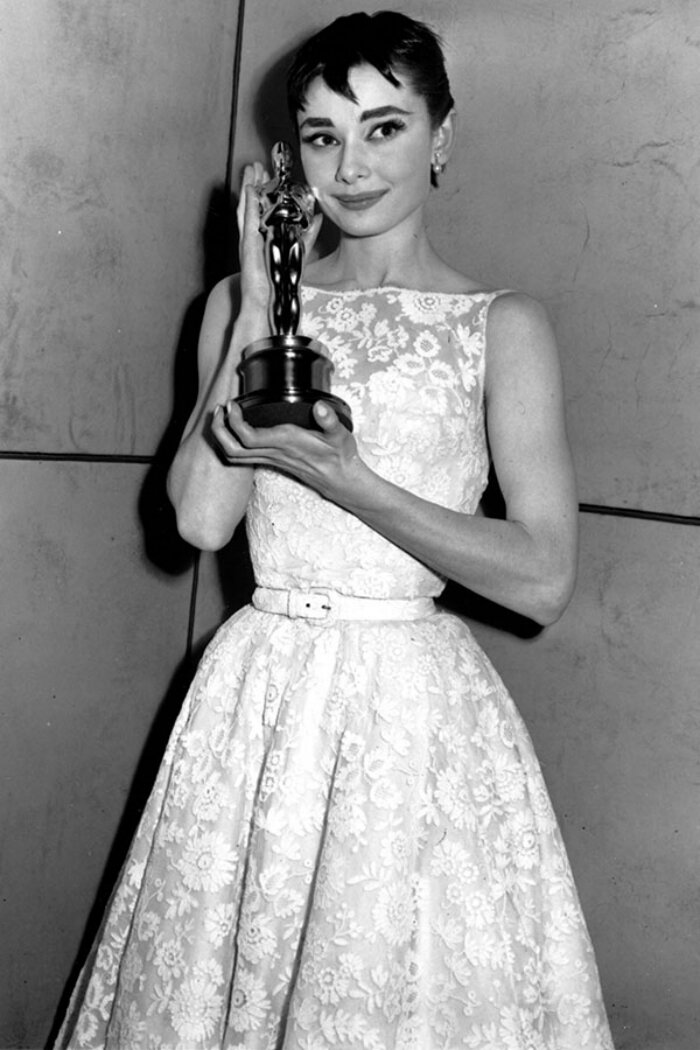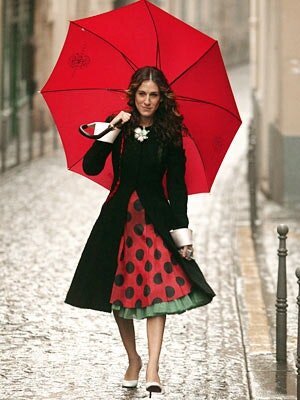Credit: Vogue
It's not hyperbole to say SATC series was one of the most culturally influential shows, particularly on women. Even though it ended in 2004, its influence on culture - style, women, fashion, relationships, people, etc is undeniable. For me, it was only about the style. When the reboot, And Just Like That was announced in 2021, it nearly broke the internet. Most of the episodes of the first season have aired and the momentum online hasn’t stopped.
Credit: Forbes
I won’t bother going over all the controversial hot topics from recent episodes because they’ve been thoroughly covered - from AJLT’s attempt at diversity, cast feuds, inclusion, cultural appropriation, LGBTQI, etc and then there’s ageing. The show has gotten a lot of praise for addressing the issue of women and ageing head-on. It’s rare in Hollywood and mainstream to feature women in their 50s with grey hair and wrinkles as main characters, amp up their style and tell their stories.
Credit: Stuff
A basic tenet of patriarchy
Anyone familiar with the whole patriarchal ideals on women knows that for centuries the value of a woman was primarily based on her youth, her beauty or both. These standards still very much exist in modern society but the momentum of movements like feminist, humanitarian and equality have moved the needle a little bit in the last few decades. People are far more aware of these dynamics than ever before.
The double standards, lack of equity, misogyny, oppression of women and so on are seen in every industry. As women get older and therefore no longer fit into the super narrow confines of these shallow standards, their value in society according to the patriarchal system diminishes and they become less visible. As women are commodified in this way and as they age, it gets harder for some women to find employment, get financial opportunities, date, maintain self-esteem or even be treated with basic dignity and respect by society.
Patriarchy influence on media and culture
The tv, film and media often have the power to shape cultural perceptions, shift narratives and attitudes towards gender for better or for worse. Women occupy only 27% of senior executive leadership positions in media and entertainment according to McKinsey Consulting.
It’s not surprising that the perception of women continues to be skewed in the direction of inequality and double standards. Film and television for as long as I can remember has been flooded with patriarchal commodification standards of and towards women. These standards have seeped into our personal and collective subconscious. Even as women or people from marginalised groups, it takes effort to unlearn some of these biases. In some cases, it requires an exorcism. Which is why the patriarchy is still puling the strings by making women dislike parts of themselves.
AJLT is no exception.
Credit: Grazia Magazine
Desperately trying to seem cool (young)
As much as AJLT has appeared to embrace ageing in some contexts, it’s still following the patriarchal playbook. In episode 8, we meet Carrie’s new young neighbour who keeps Carrie awake in the middle of the night with loud noises with her friends. Carrie frantically asks them to stop the noise. Then Carrie is devastated because she’s worried she won’t be seen as cool. Not simply because of a reasonable fear of having bad blood with a new neighbour (which would be totally understandable) but for not no longer being cool.
The connotation was that she wanted to come off as someone in her 20s(ish) who also stays up all night. She even lies to her neighbour the following day insisting that she had been awake writing in the middle of the night and the noise only bothered her cause she was writing. As opposed to the truth that she was trying to sleep because apparently sleeping in the middle of the night (instead of partying / hanging out) implies she’s old. And it’s apparently taboo to be age. Carrie desperately trying to fit into this mould signals other ways that women still need to fit into a standard to feel validated. It might not even be a conscious thing but it’s there. That old patriarchal notion of a woman being validated by her youth definitely played itself out here albeit in a micro way. But the implication is big.
Credit: Title Press
The implication
Carrie could have fully embraced where she is. There’s nothing wrong with going to bed early and there’s absolutely nothing wrong with going to bed early cause you’re older. That’s life. We go through different stages and should not feel shame for it or any other behaviours that people do as they move through stages of life.
The more we normalise them and not vilify someone for doing what is natural, the sooner we can realise more equality for women and other people. In other words, stop making older women wrong all the time and younger women right all the time. They’re both valid, they’re both equally prone to right and wrong.
I’m sure it wasn’t the intention of the show but it’s just another way of seeing the lingering patriarchal hold on women, how it manifests unconsciously or otherwise and how we perpetuate it.
Where to go from here
Being the culturally influential show that it is, there’s an opportunity to embrace more than the physical side (grey hair and wrinkles) of ageing. It can go full circle in normalising the psychological attitudes and behaviours of ageing too. It will go a long way in shifting the status quo with women and the people that have criminalised women for ageing.
I’ve been inspired by the style of the series courtesy show stylists, Patricia Field and now Molly Roger. And I don’t want to join the ranks of people criticising the show for sport. I’m not even sure this is a criticism as opposed to an observation that we have to be vigilant with our minds on how streams of patriarchal ideals make us feel about ourselves when we’re not looking. And how we perpetuate them in our lives or the lives of other women. With all the years of service given, experience, wisdom and knowledge accumulated over years, women getting older are to be treated with plenty of RESPECT.
We have to undo these brainwashed ideals in all areas of life and stop making ageing a crime in media, entertainment and everyday life.





